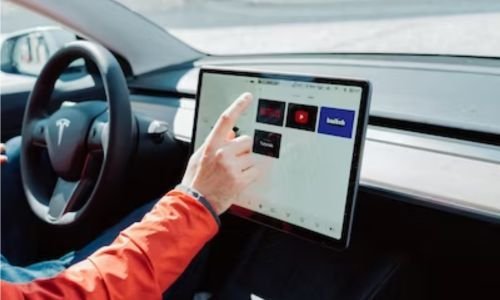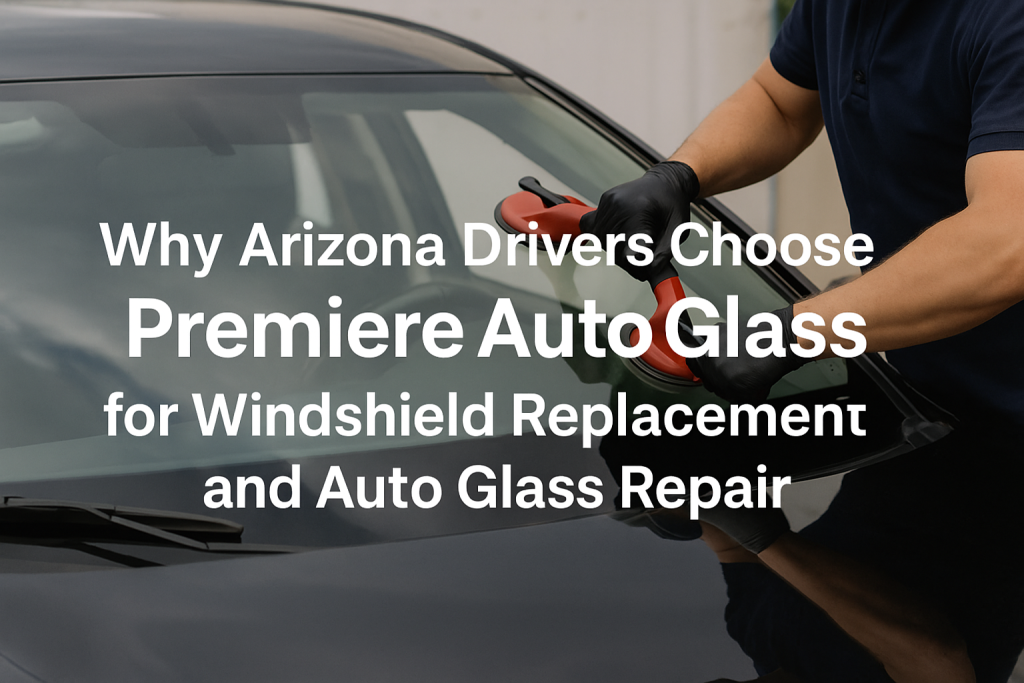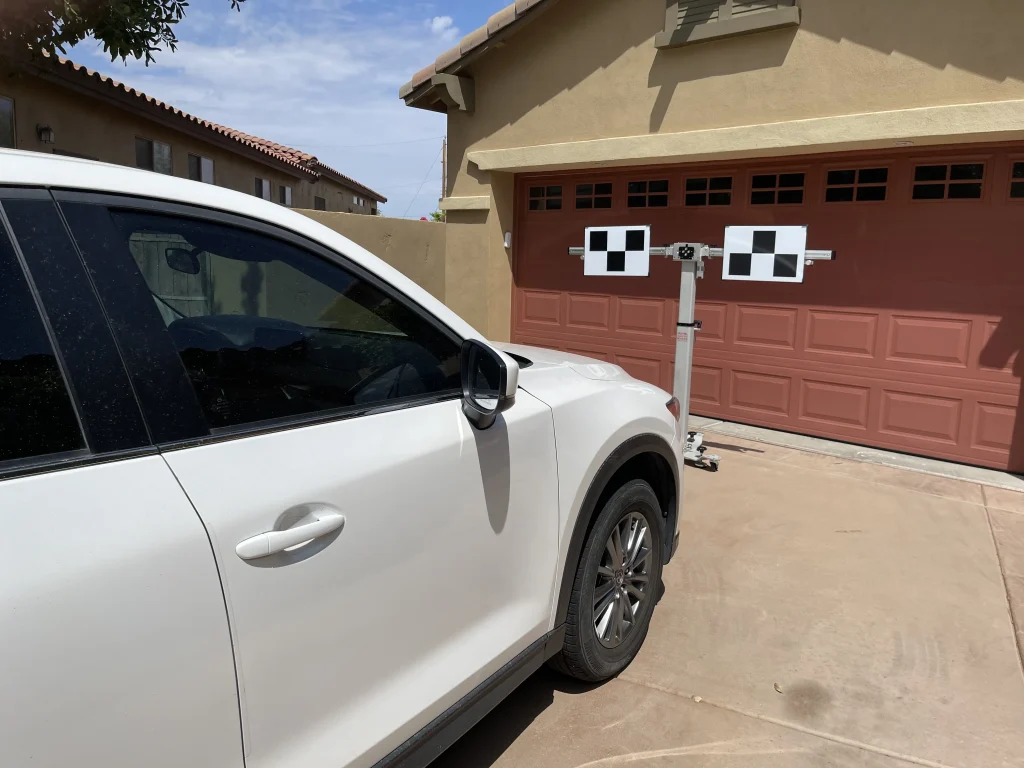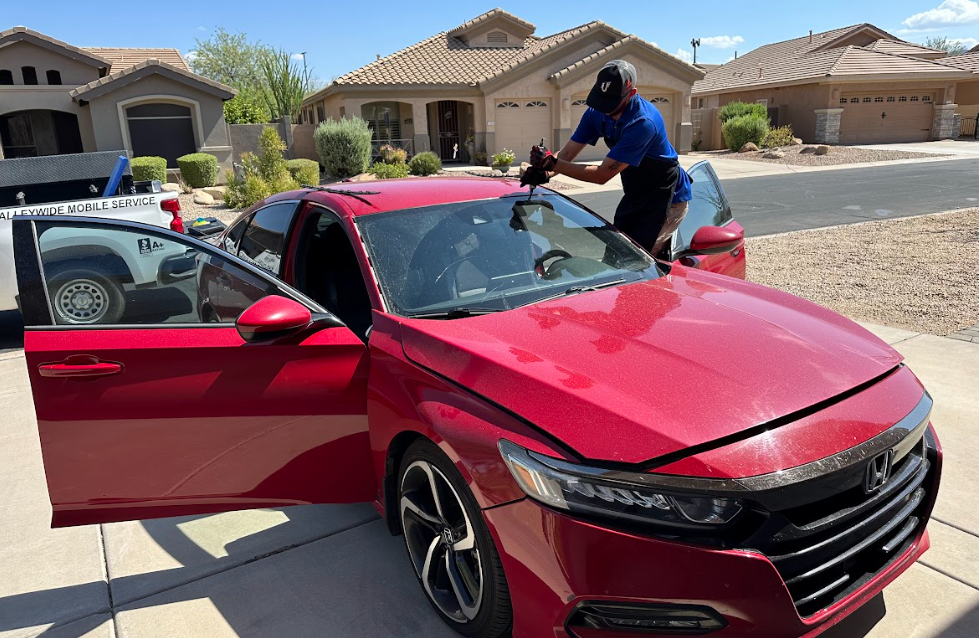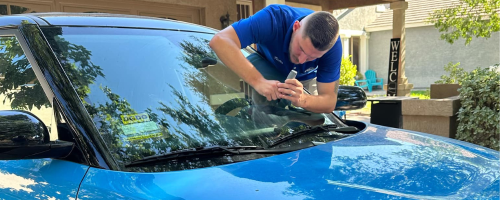As technology advances, we see many new developments in the automotive industry. These advancements have made cars more efficient, safer, and convenient. This article will explore the latest car technology and how it works.
Electric Vehicles
Electric vehicles (EVs) are becoming increasingly popular due to their environmental benefits and cost savings. Rechargeable batteries power EVs and produce zero emissions, making them a clean and sustainable mode of transportation. The batteries are charged by plugging the vehicle into an electric charging station or a standard electrical outlet. Some EVs also have regenerative braking, which captures energy lost during braking and stores it in the battery.
Did you know that?
According to Statista, Norway has the most significant number of electric vehicle owners. In this nation, 75% of automobiles are plug-in electric vehicles (PHEVs). With 81 percent of electric cars per 1,000 people in 2025, Norway will have the most significant proportion in the world, according to statistics from the Canary Media website. Because the government of Norway exempts owners of electric vehicles from paying sales or road taxes, the country’s citizens have a high interest in electric cars.
According to data from the World Economic Forum, the tax exemption policy has contributed to a rise in the number of electric vehicles in Norway.
Autonomous Vehicles
Autonomous vehicles (AVs) have advanced sensors, cameras, and software that allow them to operate without human intervention. They use a combination of radar, lidar, and cameras to detect obstacles and navigate roads. AVs can provide many benefits, including improved safety, reduced congestion, and increased accessibility for people with disabilities.
Adaptive Cruise Control
Adaptive Cruise Control (ACC) is an advanced version of traditional cruise control. ACC uses radar or camera sensors to detect the distance between the vehicle and the car in front. It then adjusts the car’s speed to maintain a safe distance from the vehicle ahead. ACC can reduce driver fatigue and improve safety on long drives.
Blind Spot Monitoring
Blind Spot Monitoring (BSM) is a safety feature that alerts drivers when a vehicle is in their blind spot. BSM uses side mirrors or rear bumper sensors to detect other vehicles in adjacent lanes. A warning light will appear on the side mirror or dashboard to alert the driver if a car is seen.
Lane Departure Warning
Lane Departure Warning (LDW) is a safety feature that alerts drivers when they are drifting out of their lane. LDW uses cameras to detect the position of the vehicle within the road. If the car begins to drift out of the street, the system will alert the driver with a warning sound or vibration. Some LDW systems also have Lane Keeping Assist, which automatically adjusts the steering to keep the vehicle in the center of the lane.
Heads-Up Display
A Heads-Up Display (HUD) is a transparent display that projects information onto the windshield, allowing the driver to see vital information without taking their eyes off the road. HUDs typically display speed, navigation, and other driving information. This technology can improve safety by reducing distractions and helping drivers stay focused on the road ahead.
Night Vision
Night Vision features infrared cameras to detect pedestrians and animals on the road in low-light conditions. These systems can display the images on the vehicle’s dashboard or HUD. This technology can improve safety by helping drivers avoid collisions with objects that may be difficult to see in the dark.
Surround-View Cameras
Surround-View Cameras provide a 360-degree view of the vehicle’s surroundings, allowing the driver to see obstacles and other cars from all angles. These cameras are typically mounted on the vehicle’s front, rear, and sides, and the images are displayed on the vehicle’s dashboard or infotainment system. This technology can improve safety by helping drivers park and maneuver in tight spaces.
Vehicle-to-Vehicle Communication
Vehicle-to-Vehicle (V2V) communication is a technology that allows vehicles to communicate with each other using wireless signals. This technology can improve safety and reduce traffic congestion by providing real-time information to drivers. V2V systems can alert drivers to potential collisions and traffic congestion, allowing them to take evasive action.
Conclusion
In conclusion, the automotive industry constantly evolves, and the latest car technology is emerging yearly. The newest car technology makes vehicles safer, more efficient, and more convenient than ever. Electric vehicles, autonomous vehicles, adaptive cruise control, blind spot monitoring, lane departure warning, heads-up display, night vision, surround-view cameras, and vehicle-to-vehicle communication are just a few of the many technologies that are changing how we drive. As these technologies continue to advance, we can expect to see even more exciting developments in the future.


